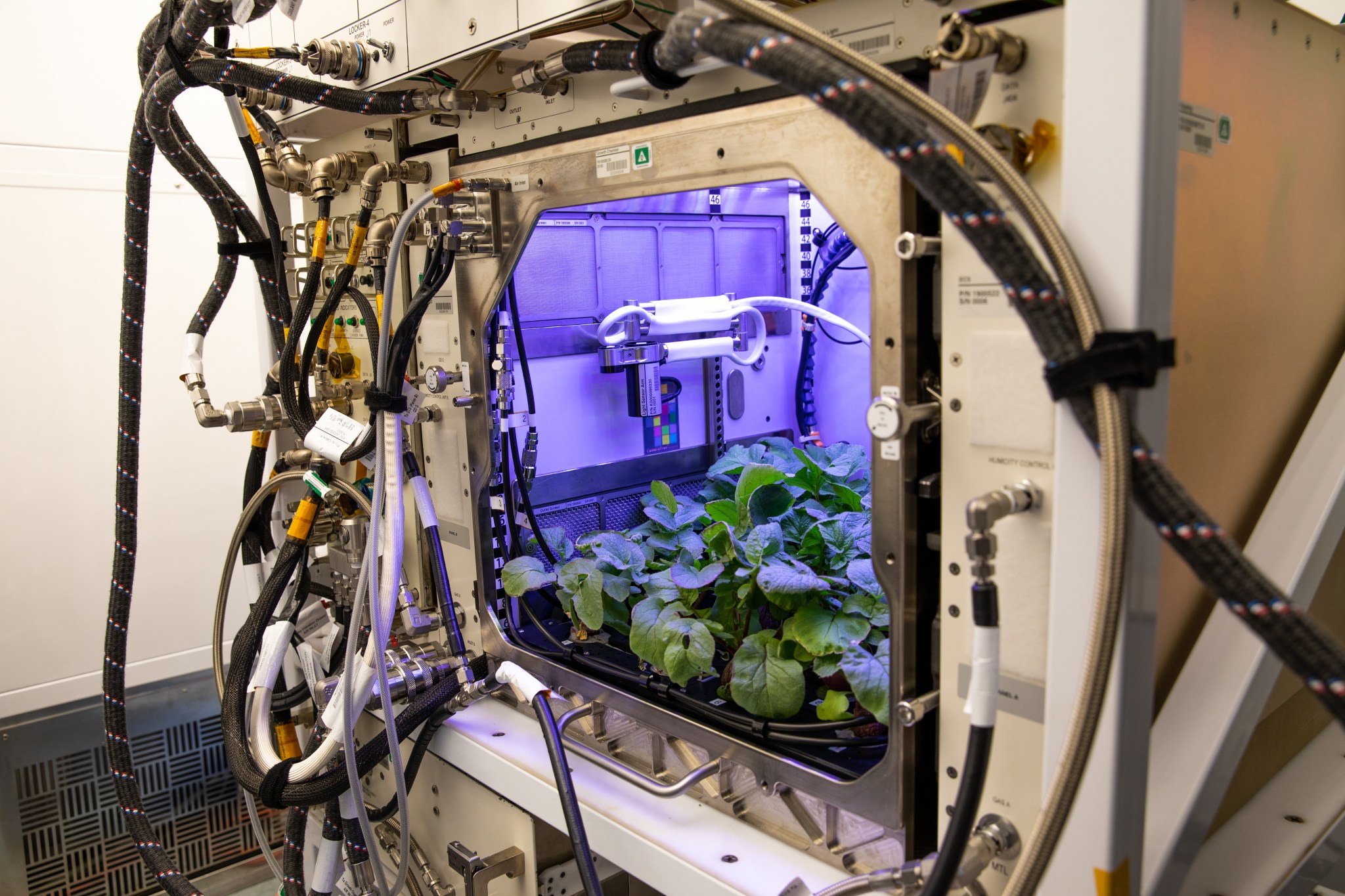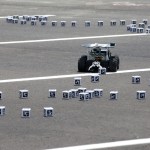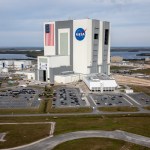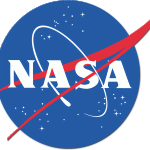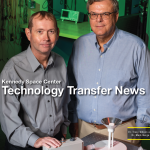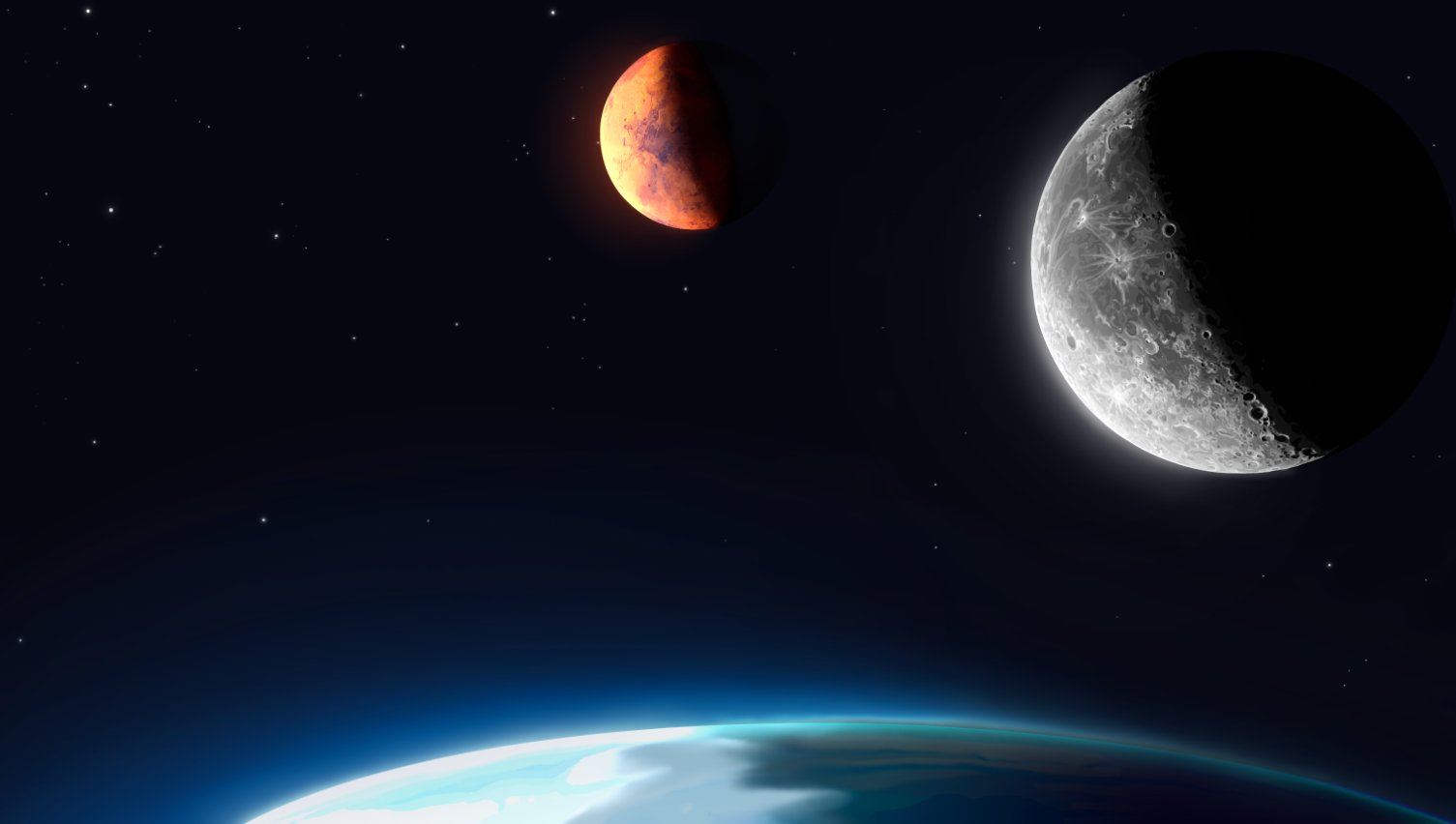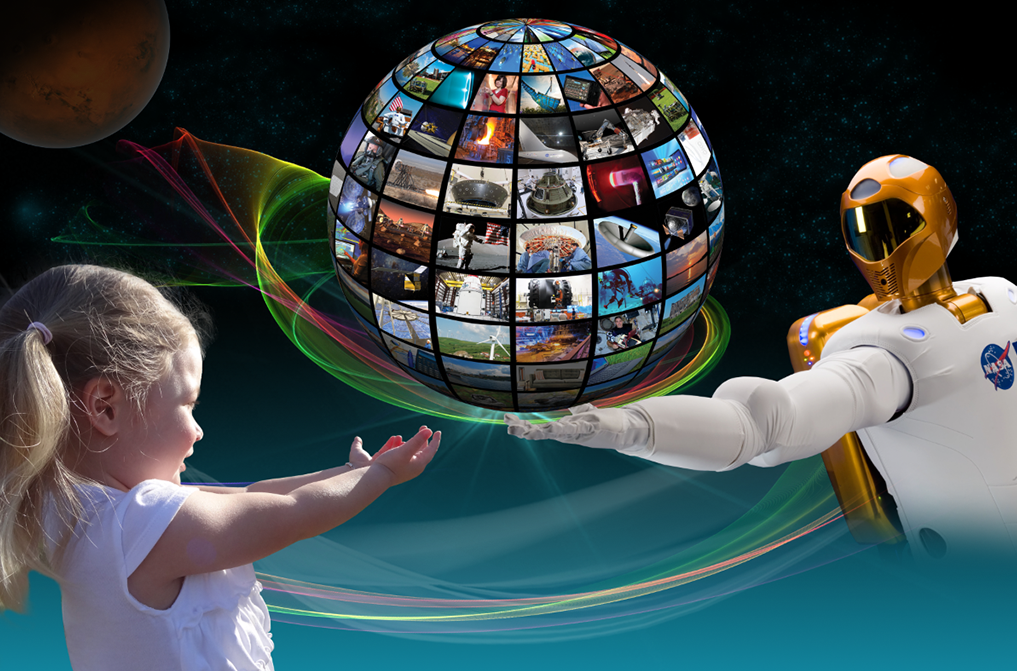Kennedy’s Swamp Works Celebrates a Decade of Discoveries
As NASA prepares to return to the Moon – this time with an eye toward Mars – developing new technologies…
Read the Story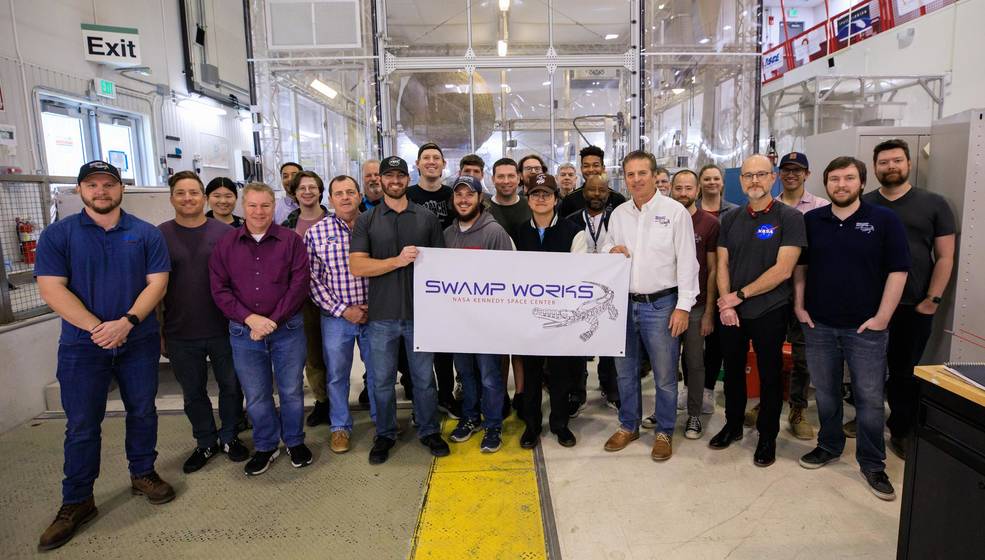
Focus Areas and Capabilities
Kennedy and its related laboratories and research facilities play a critical role in developing technology that will enable human deep space exploration, as well as improve life here on Earth.
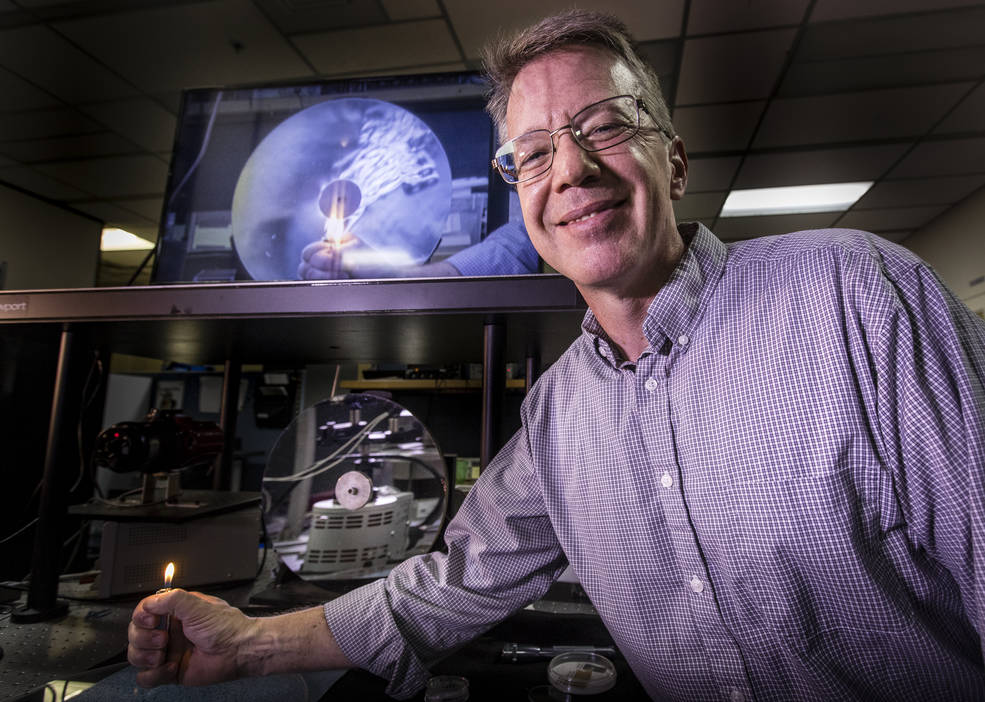
Applied Physics Laboratory
This lab at NASA's Kennedy Space Center in Florida tackles complex, interdisciplinary technical issues involving fluids, heat transfer, material properties, optics, mechanics, and other areas.
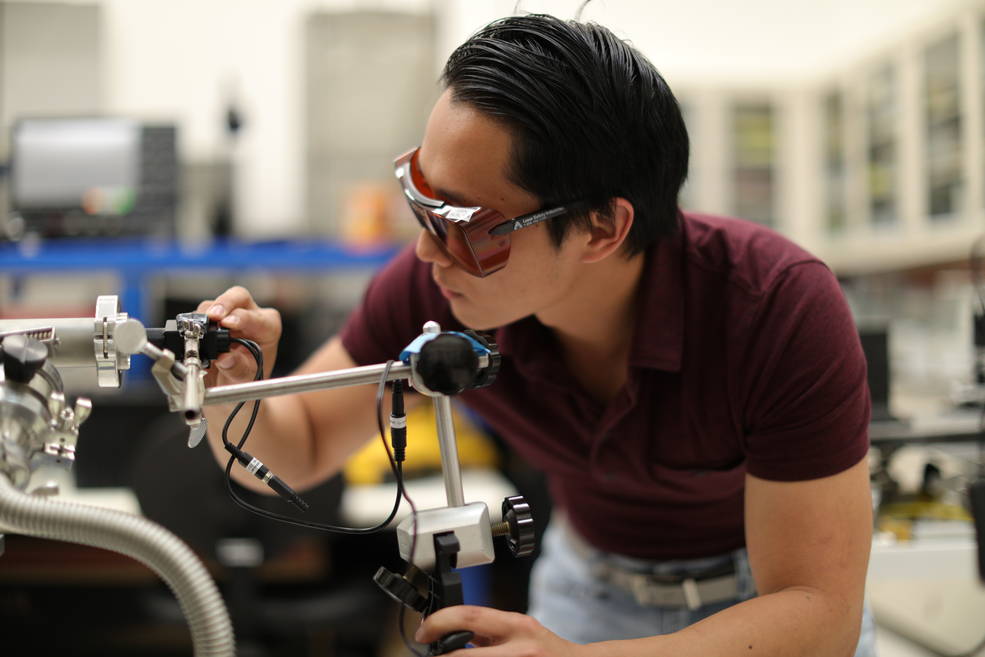
Electrostatics and Physics Laboratory
This research facility at Kennedy conducts scientific investigations to protect flight hardware and launch equipment from electrostatic discharges.
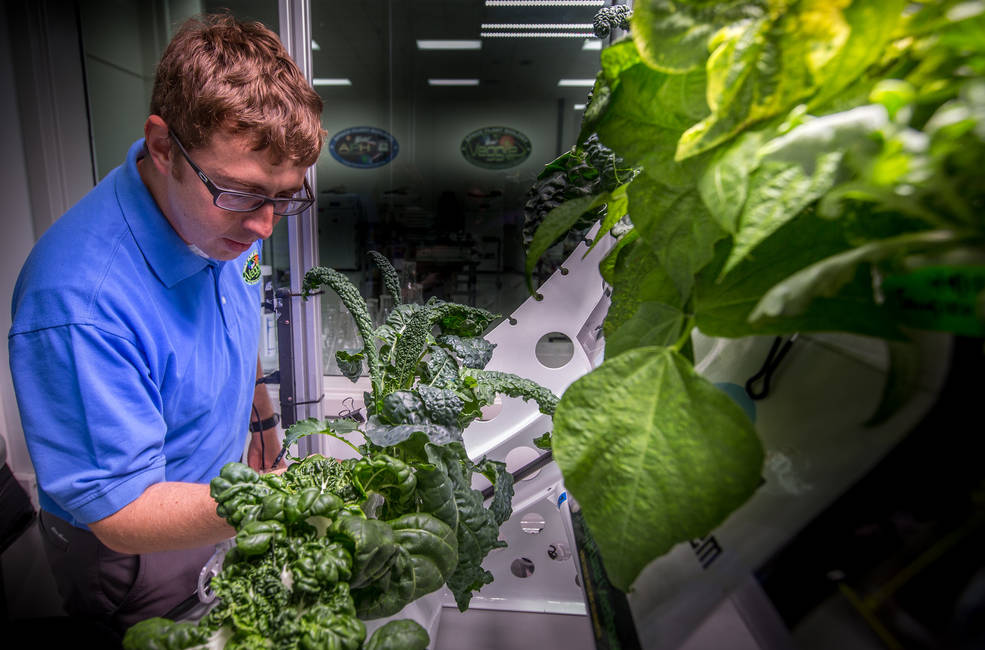
Growing Plants in Space
NASA is looking at ways to provide astronauts with nutrients in a long-lasting, easily absorbed form—freshly grown fresh fruits and vegetables. The challenge is doing that without sunlight or gravity.

Space Mining
The reduced gravity on the Moon, Mars, comets, and asteroids poses a major challenge for digging and traction during mining operations, but Kennedy is developing technologies that will push the boundaries of space mining and resource utilization.
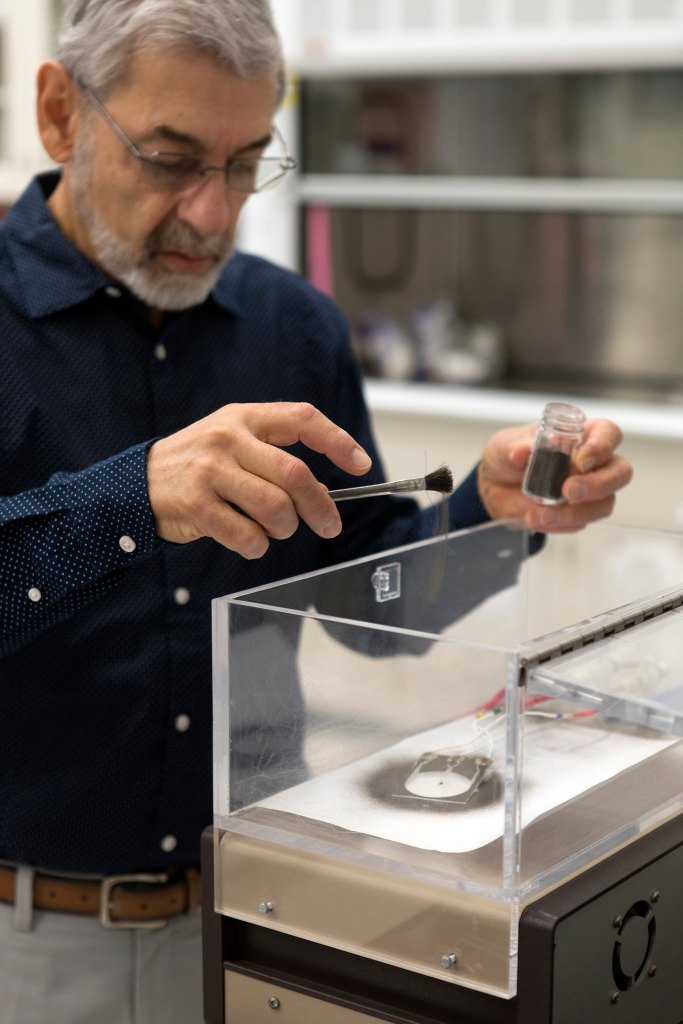
Dust Mitigation
Kennedy is actively working to develop technology that will address the pesky problem of dust on the Moon and Mars, as this can cause hardware failures, obstruct camera lenses and solar panels, and pose a hazard to human health.
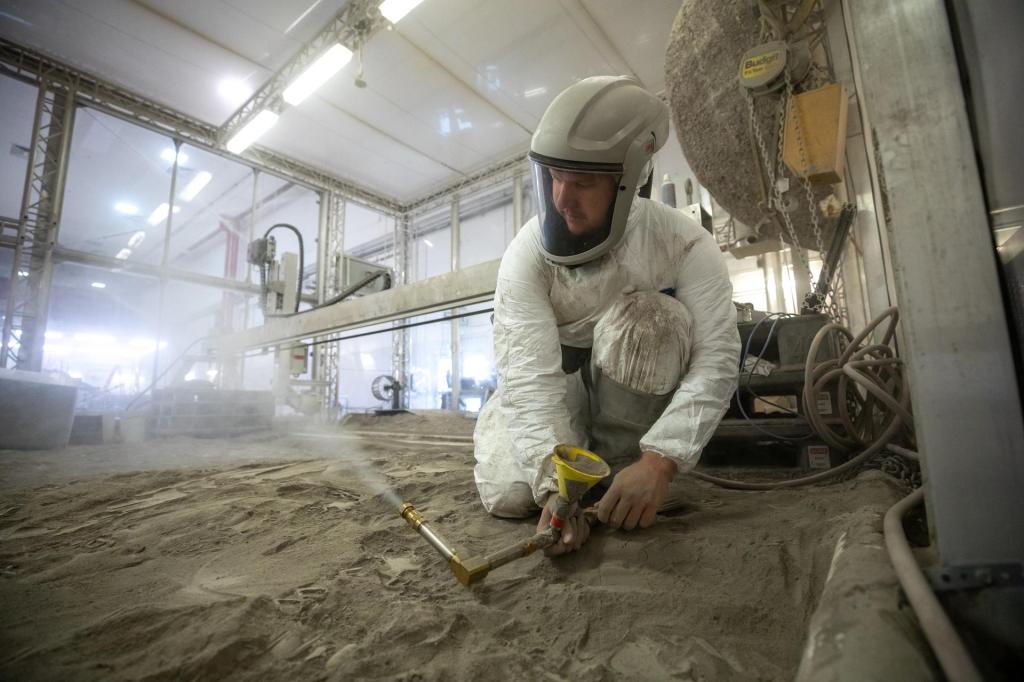
Swamp Works
Kennedy's Swamp Works establishes rapid, innovative, and cost-effective exploration mission solutions through a highly collaborative approach, leveraging partnerships across NASA, industry, and academia.
Research and Technology on Flickr
Browse through imagery showcasing all of the research and technology efforts at NASA's Kennedy Space Center in Florida.
Look Now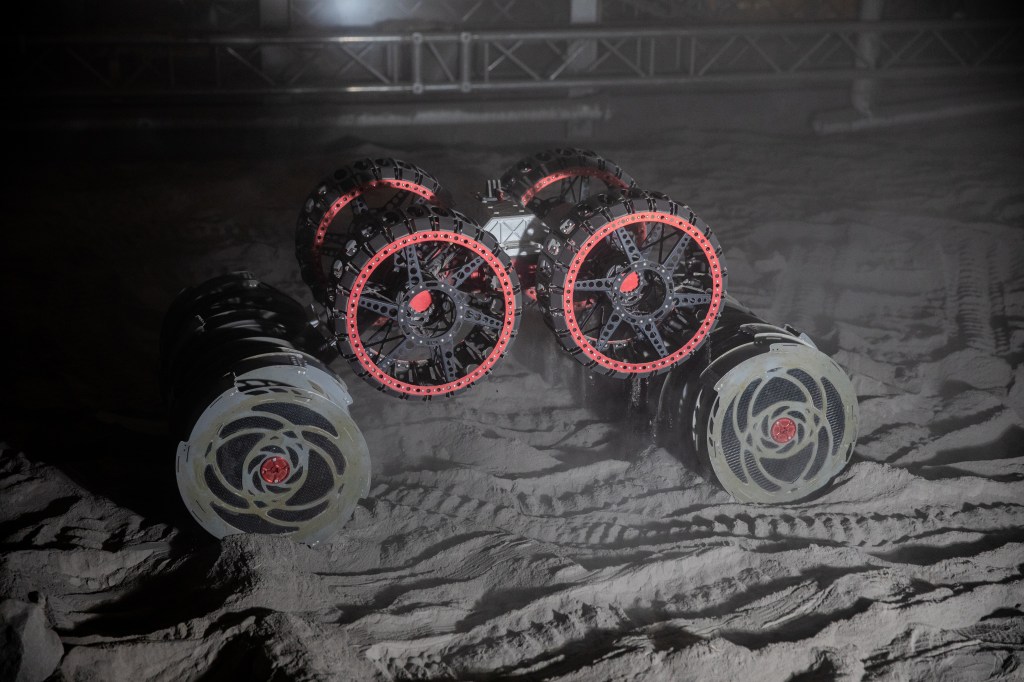
Additional Resources
Media Contact
Steve Siceloff
Kennedy Space Center
321-867-2468




























